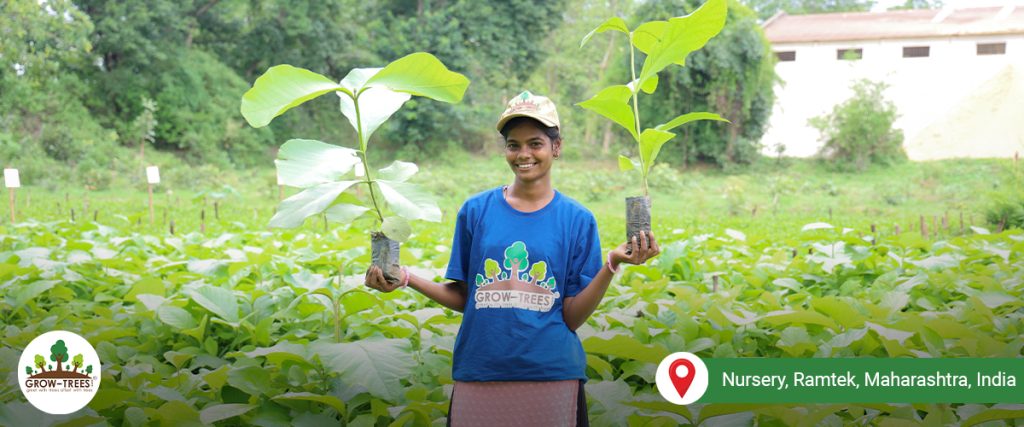International Tiger’s Day on the 29th of July is a vital and urgent call to action, particularly in the face of pressing issues such as illegal trading, poaching, deforestation and land degradation. Known as an ‘Umbrella’ or ‘Keystone’ species, the tiger plays an integral role in maintaining the delicate balance of our ecosystem. Failing to protect and nurture their population will inevitably inflict a profound scar on our biodiversity.
Back in the 1980s, as many as 20,000 wild tigers roamed across Asia. Today, only 3,167 tigers have survived. India specifically finds itself in a precarious situation as it has witnessed a substantial increase in deforestation, while being home to 70% of the world’s tigers. It is important that action is taken to safeguard these magnificent creatures.
As an organisation, we firmly believe that planting trees and expanding our green cover contribute significantly to conserving the tiger population while simultaneously making a positive social impact.
Trees for Tigers®
We, at Grow-Trees, have developed a project called Trees for Tigers® to help conserve the forests in the Sundarbans and Ramtek.
These efforts will help in the following ways:
- Trees help improve the tigers’ food crisis by attracting herbivores.
- This will also help reduce man-animal conflict.
- Trees provide shelter for the tigers.
- On the social front, tree planting drives support local communities through employment generation, forest produce, women empowerment and more.

The Sundarbans, a vast mangrove forest in the Bay of Bengal, is home to a rich diversity of flora and fauna, including the Royal Bengal Tiger. Despite its rich resources, it isn’t immune to problems such as high salinity levels, deforestation along the coasts, rapid urbanisation, unsustainable tourism practices and increased human-wildlife conflict.

The Ramtek forest area, located on the periphery of the Pench Tiger Reserve, suffers from identical issues. As the human population expands, it poses a severe threat of habitat loss to the animals occupying the region. This results in a diminishing population of the tigers’ prey, prompting them to occasionally turn to livestock and even humans as alternative sources of food. Such incidents pose a risk to human lives as well as wildlife conservation efforts.
You can help us conserve tigers this International Tiger Day by supporting our project. You’ll be rewarded by an eTreeCertificate® for your efforts. Make a difference!
